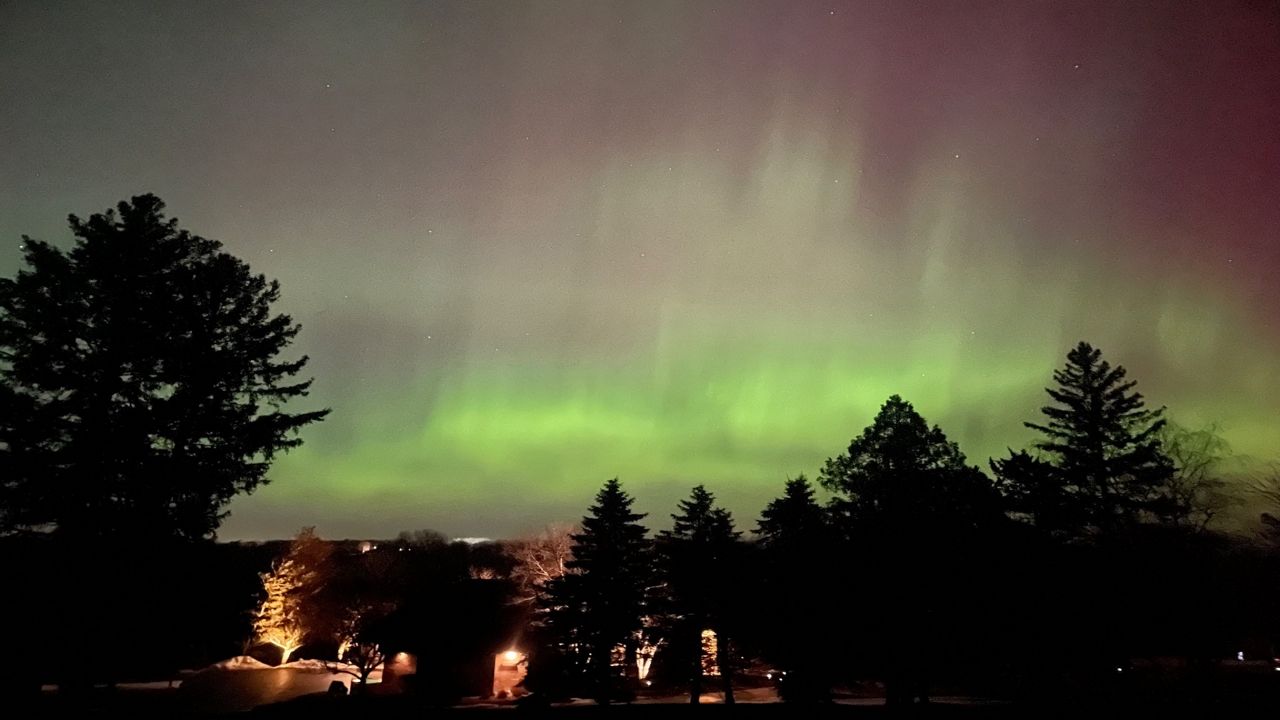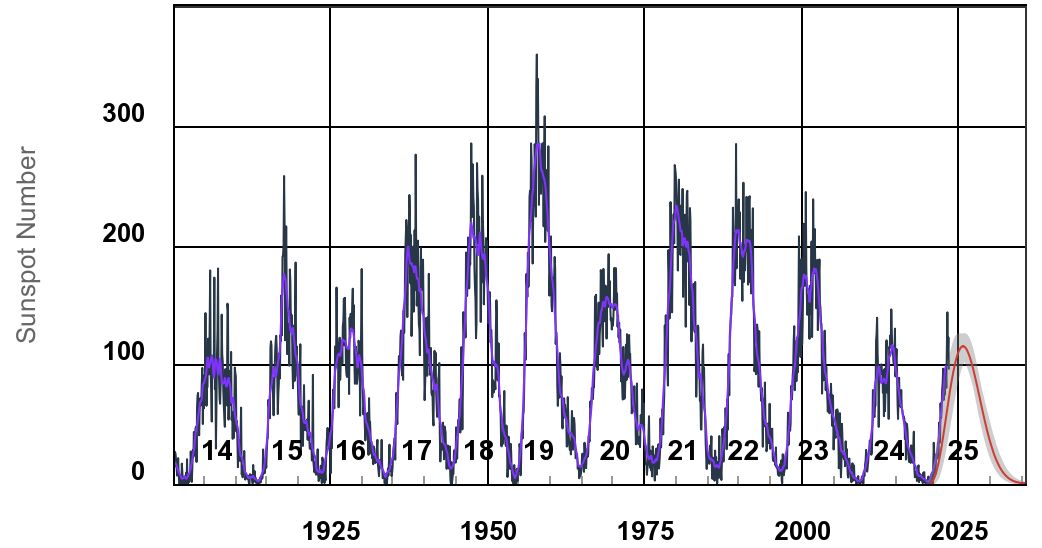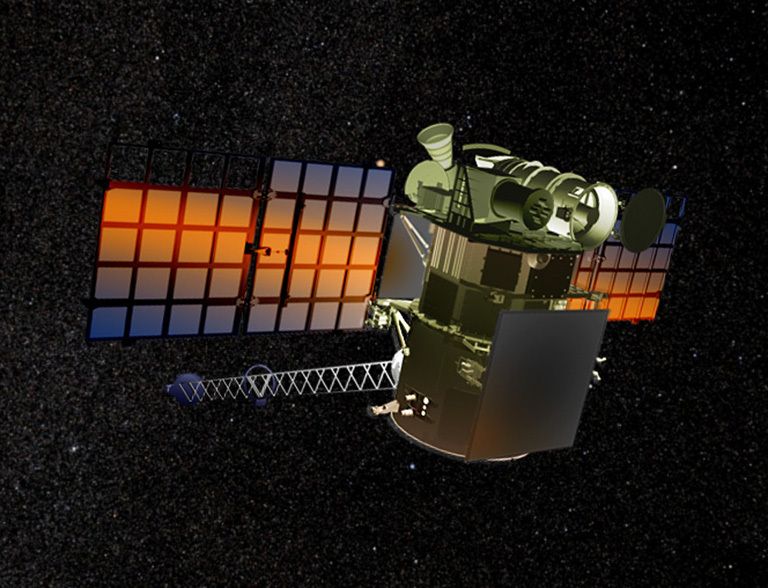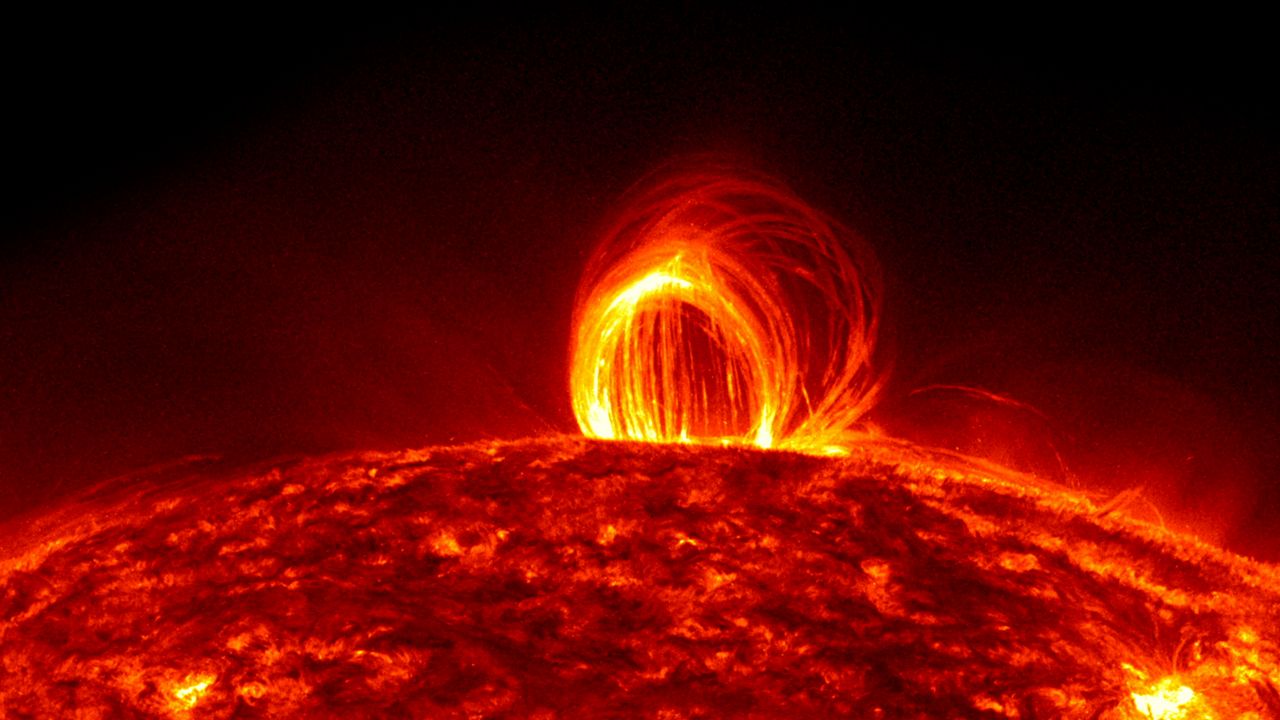You won’t hear rumbles of thunder from active space weather, but it can still affect our day-to-day lives. And it’s going to get more active over the next couple of years.
The sun is in the upswing of its roughly 11-year solar cycle. The number of sunspots goes up as they migrate toward the sun’s equator, and when their magnetic fields tangle, solar storms erupt.
If the burst of energy from a solar storm hits the Earth, the aurora (or Northern Lights) become more active. The dazzling display pushes farther south.

"Beyond that, the effects are generally invisible," says Rob Steenburgh from NOAA’s Space Weather Prediction Center. That doesn’t mean they’re not impactful, though.
Solar storms can disturb the power grid, GPS systems and even migratory birds. Steenburgh adds that they "can impact radio communication on frequencies used by amateur radio operators, aircraft over oceans and emergency management. [They] can impact satellites, astronauts and radio communications in the polar regions."
As the number of sunspots increases, so does the potential for solar storms that bring the aurora and the variety of issues Steenburgh noted.

Scientists forecast the peak of this solar cycle to remain relatively low, with fewer sunspots than the high levels of the 20th century but similar to the last solar cycle.
"Last solar cycle, we had two events that were directed away from Earth but captured by other spacecraft. The data that were collected suggested, had the events hit Earth, it would have been very significant. That was during a relatively ‘weak’ cycle," says Steenburgh.

Just like with hurricane season, the idea "it only takes one" applies to solar storms as well. And while everyday people can’t do a whole lot, those in charge of things like satellites and the power grid can take steps to limit the expensive damage of solar storms.
After 2025, the solar cycle will wind back down, bottoming out toward 2035.
Our team of meteorologists dives deep into the science of weather and breaks down timely weather data and information. To view more weather and climate stories, check out our weather blogs section.



